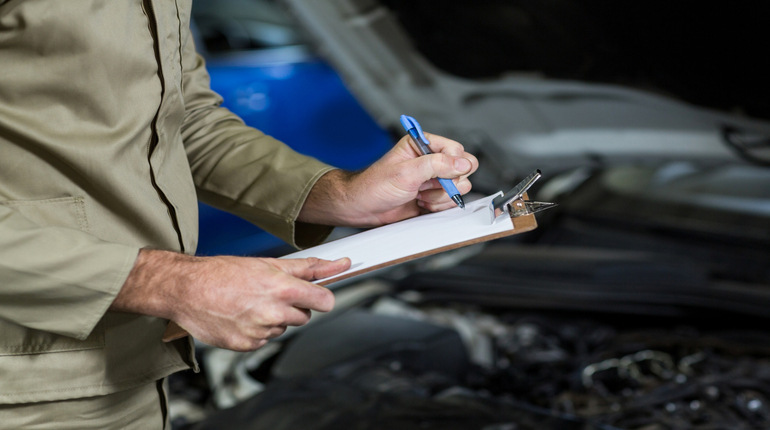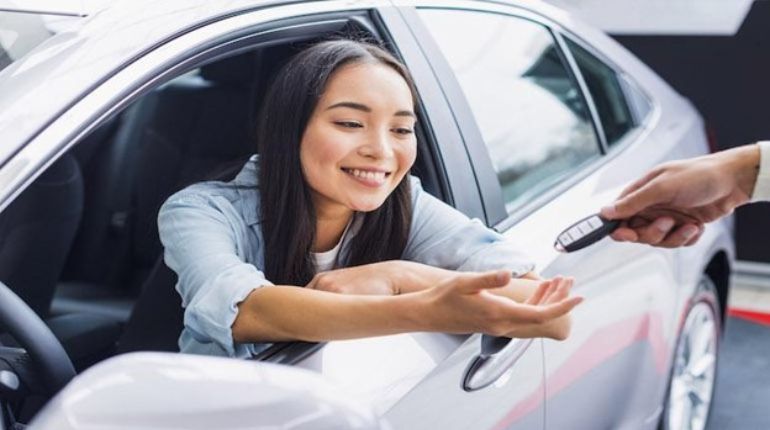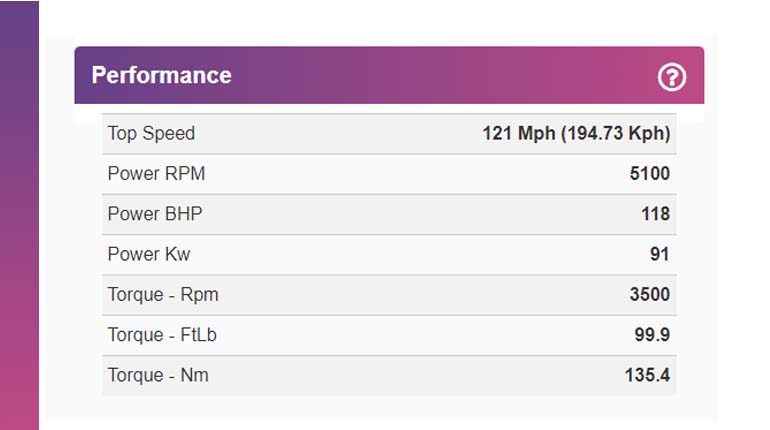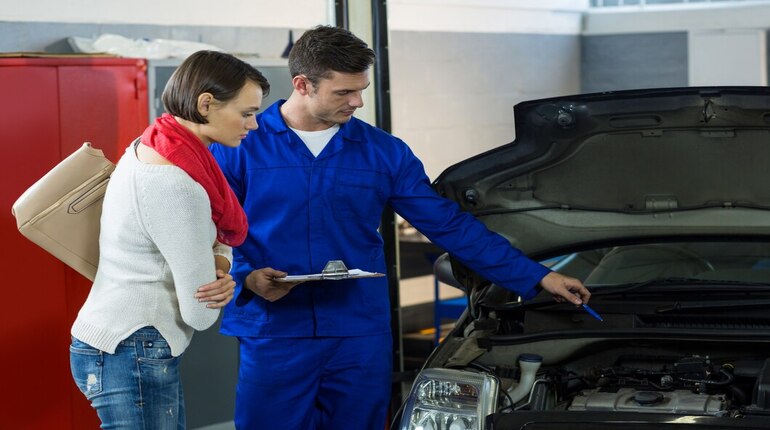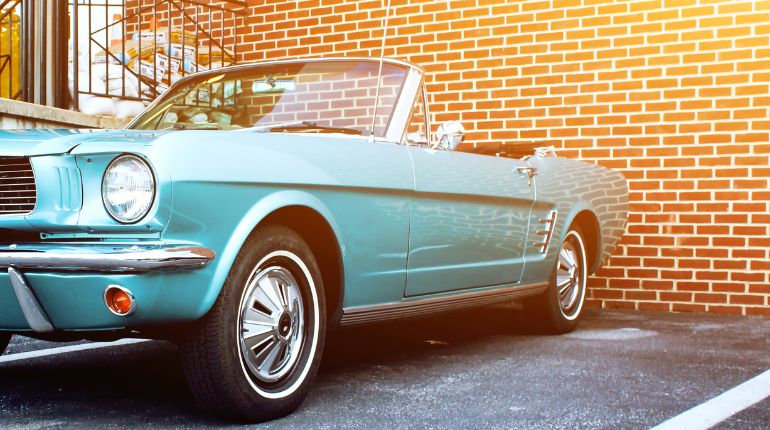Purchasing a car may be an exciting endeavor. Still, it’s essential to ensure the vehicle is registered correctly with the Driver and Vehicle Licensing Agency (DVLA) to avoid legal issues. The DVLA car registration check is a crucial step in this process. It allows you to verify important details about the car, such as its current registration status, tax and MOT history, DVLA Vehicle number plate check and any outstanding finance owed. So here, we will explore the different aspects of a DVLA car registration check and why conducting one before purchasing a car is essential.
Table of contents
- 1 What is the DVLA?
- 2 Benefits of checking the DVLA vehicle registration
- 3 How to do the DVLA vehicle check in the UK?
- 4 What can you find out about a car through a DVLA registration check?
- 5 Warning signs from a DVLA registration check
- 6 DVLA registration check buying tips for used cars
- 7 Your DVLA Vehicle Check Can Be Significantly Improved with a Few Simple Changes
What is the DVLA?
The DVLA (Driver and Vehicle Licencing Agency) is the UK Department for Transport executive agency. It is accountable for recording drivers and vehicles in Great Britain, issuing driving licenses, collecting excise duty (car tax), and registering and regulating vehicles. The DVLA is also responsible for enforcing regulations related to road safety and vehicle registration. Overall, the DVLA plays a crucial role in ensuring that drivers and vehicles in the UK are registered, licensed, and safe to drive on the roads.
Benefits of checking the DVLA vehicle registration
Checking the DVLA vehicle registration before purchasing a car has several benefits, including:
- Ensuring the car’s registration status: By checking the DVLA vehicle check, you can verify if the car is registered with the DVLA and has any outstanding issues, such as unpaid taxes or overdue fines.
- Checking the car’s tax and MOT status: The car check DVLA lets you see the car’s current tax and MOT status, ensuring the vehicle is legally roadworthy and safe to drive.
- Verifying the car’s identity: The DVLA provides information about the make, model, and registration number of the vehicle, ensuring that the car you are considering buying matches the details provided by the seller.
- Checking for outstanding finance: The DVLA car registration check allows you to check for any car finance owed on the car, which can help you avoid buying a vehicle subject to finance agreements.
Overall, conducting a DVLA vehicle check provides essential information about the car’s history, ensuring that When buying a, you choose wisely and avoid potential legal issues.
How to do the DVLA vehicle check in the UK?
Easy two ways to check DVLA registration in the UK:
- Online: The quickest and most practical way to get a DVLA check is to use the DVLA’s online vehicle information service. This free service can be accessed through the DVLA’s Gov.UK website.
- Through a third-party provider: Several providers offer a fee for DVLA check vehicle services. These providers typically provide more detailed information than the DVLA’s service but may charge a higher price.
The fastest and most economical method for a DVLA vehicle check in the UK is to use the DVLA’s online vehicle information service.
What can you find out about a car through a DVLA registration check?
DVLA registration details can provide you with important information about a car’s history, including:
- Registration status: The check will confirm whether the car is registered with the DVLA and if it has ever been reported as stolen or written off.
- MOT status: The check will show you the current MOT status of the car, as well as any previous MOT failures and advisories.
- Tax status: The check will confirm whether the car is currently taxed and when the tax is due to expire.
- Mileage: The check will indicate the car’s mileage by showing you the recorded mileage at the time of the car’s last MOT test.
- Outstanding finance: The check will show you if there is any Car finance owed on the car.
- Previous owners: The check will show how many previous owners the car has had.
- Vehicle specifications: The check will provide information about the car’s make, model, colour, engine size, and year of manufacture.
By conducting a DVLA, you can get a comprehensive view of a car’s history, assisting you in making a well-informed choice when buying a used car and avoiding any potential legal issues.
Warning signs from a DVLA registration check
When conducting a DVLA vehicle registration check, there are numerous warning signs to look out for that may indicate potential issues with the car. These include:
- The car is reported as stolen: If the DVLA shows that the vehicle has been reported as stolen, you should avoid purchasing it and report the matter to the police.
- The car has been written off: If it has been written off, it may have significant damage, and you should carefully consider whether it is worth purchasing.
- Outstanding finance: If the finance is owed on the car, this could lead to legal issues down the line, and you should only purchase the vehicle if the finance is cleared before the sale.
- Mileage discrepancies: If there are discrepancies in the car’s recorded mileage, this could indicate tampering or clocking of the car’s mileage and maybe a red flag.
- MOT failures and advisories: If the car has a history of MOT failures or advisories, this may indicate that it has underlying issues that could be costly to repair.
- Multiple previous owners: If the car has had numerous previous owners in a short period, this may indicate that the vehicle has problems that have caused previous owners to sell it quickly.
By paying attention to these warning signs from a vehicle check DVLA, you may choose more wisely when buying a used car. And avoid potential legal and financial issues.
DVLA registration check buying tips for used cars
If you are buying a used car, We should check the DVLA process is essential to help you make an informed decision. Here are some tips for buying a used car with a DVLA:
- Conduct a DVLA vehicle check: Before purchasing any used car, it is essential to conduct a DVLA car check to verify the car’s registration status, MOT history, tax status, outstanding finance, and other important details.
- Inspect the car thoroughly: Once you have verified the car’s history through a DVLA check, you should inspect the car thoroughly to check for any indications of harm, wear and tear, or other problems that may not be immediately apparent.
- Take a test drive: It is essential to take a test drive to ensure that the car is in good working order and that you feel comfortable driving it.
- Ask for service history: Ask the seller for the car’s service history to verify that it has been adequately maintained.
- Check the car’s documentation: Make sure that the car’s documentation, including the logbook, is in order and matches the information provided in the DVLA vehicle check.
- Get an independent inspection: If you need clarification on the car’s condition, consider getting an independent review by a mechanic or a professional inspection service.
- Negotiate the price: If you have identified any issues with the car, use this information to negotiate a fair price that reflects the car’s condition.
By following these tips and using a DVLA registration check to verify the car’s history, When buying, you can do so with more excellent expertise on a used car and avoid potential legal and financial issues. If you need to replace a vehicle or simply want to explore van rental options, consider checking out rental24 for fast and easy van rental services.
Your DVLA Vehicle Check Can Be Significantly Improved with a Few Simple Changes
A thorough vehicle check with the DVLA (Driver and Vehicle Licensing Agency) is crucial to ensure road safety, proper documentation, and compliance with regulations. Here are seven minor adjustments that can result in substantial enhancements to your DVLA vehicle check process:
- Organized Documentation:
Keep all relevant documents, such as your vehicle registration, insurance, and MOT (Ministry of Transport) certificates, in an organized and easily accessible folder. This can save you time and stress during the vehicle check process.
- Regular Maintenance Routine:
Establish a consistent maintenance schedule for your vehicle. Regularly check and maintain fluid levels, tire pressure, brakes, lights, and other essential components. This proactive approach can help prevent unexpected issues during the DVLA check.
- Clear Visibility:
Ensure all lights, including indicators, brake, and headlights, are clean and functioning correctly. Proper visibility contributes to your safety and helps you pass the DVLA inspection smoothly.
- Clean Number Plates:
Keep your vehicle’s number plate clean and visible. Defective or dirty license plates can cause needless problems when the car is being inspected.
- Addressing Minor Repairs:
Don’t postpone minor repairs or issues. Addressing small problems promptly can prevent them from escalating into more significant, costly concerns that might lead to a failed DVLA inspection.
- Tire Tread and Condition:
Check your tire tread depth and overall condition regularly. Adequate tire tread depth is a safety requirement and crucial to passing the DVLA vehicle check.
- Accurate Fuel and Emission Levels:
Ensure your vehicle’s fuel level is accurate, and emissions are within permissible limits before the inspection. This step helps demonstrate your commitment to environmental standards and can contribute to a successful vehicle check.
These seven small changes can significantly improve your chances of a successful DVLA vehicle check. Not only will this save you time and potential headaches, but it will also contribute to overall road safety and compliance with regulations. Remember, a little effort can go a long way in ensuring a trouble-free vehicle inspection process.
Conclusion
Checking the DVLA registration before buying a used car in the UK can provide several benefits, such as verifying the car’s history, ensuring it is roadworthy, and avoiding potential legal and financial issues. By conducting a DVLA registration check, you can be informed when acquiring a used car and ensure that you get a reliable and safe vehicle.
Answering Your Questions
How can I locate the registered keeper of a vehicle?
You can locate the registered keeper of a vehicle by requesting a V5C registration certificate from the DVLA or by conducting a vehicle history check through third-party services. These options will provide you with the registered keeper’s name and address.
Where can I locate my DVLA number?
Your DVLA number, a driver’s number, can be found on your driving license. It is the 16-digit number in the middle of the permit and begins with the first five letters of your surname.
How long does it take for the DVLA to return my driving license?
It usually takes the DVLA up to 3 weeks to return your driver’s license after processing your application. However, the exact time may vary depending on the type of application and any additional information or documentation required.
